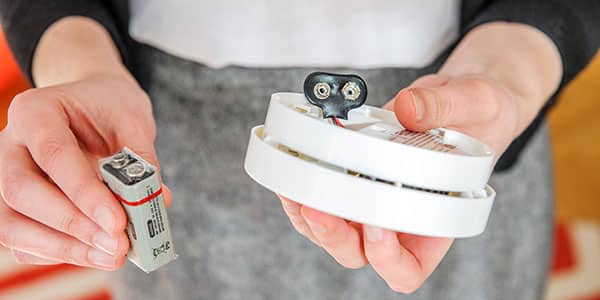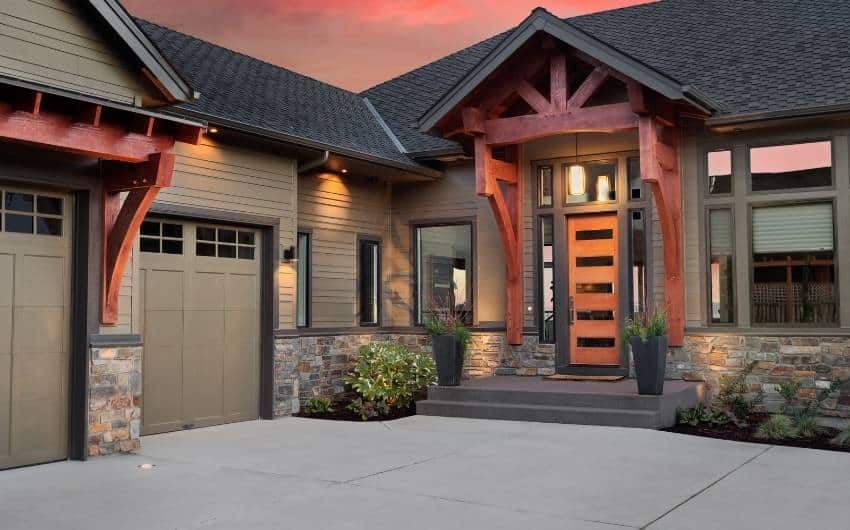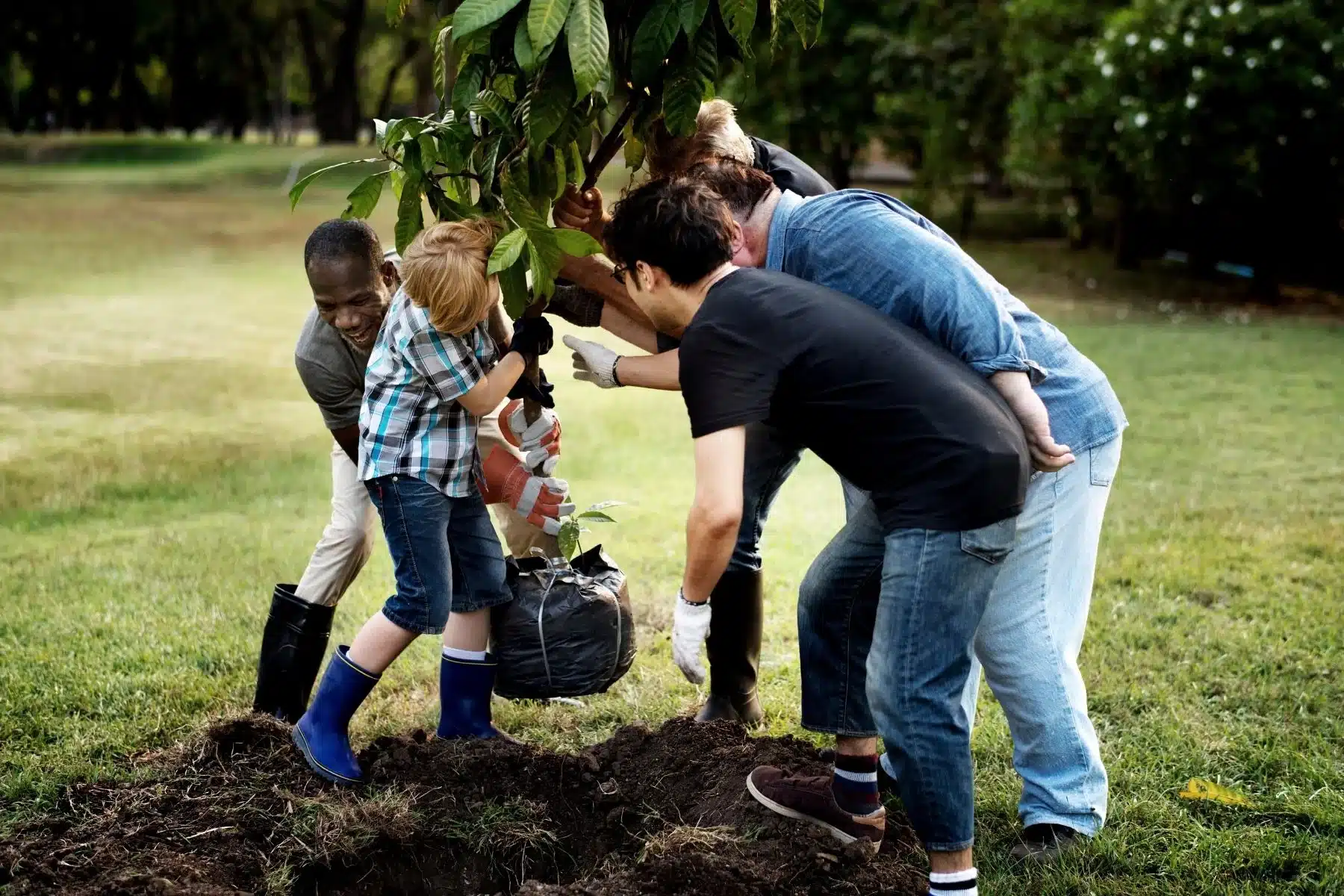How to Stay Safe from Carbon Monoxide Poisoning
Carbon monoxide’s inherent invisibility, absence of scent, and taste unless proven by carbon monoxide testing can give an impression of harmlessness. It easily eludes detection without specific equipment like CO alarms. However, despite its discreet presence, the impact of carbon monoxide or CO poisoning can be profoundly damaging.
CO poisoning results from the inefficient burning of fuels, which involves appliances such as gas ranges, water heaters, and oil or gas heaters. Surprisingly enough, even ordinary household items like gas stoves and indeed, your innocent-looking charcoal grill, when used in a confined space, can generate a dangerously high carbon monoxide concentration.
Unveiling the Secret Perpetrator: Symptoms of Carbon Monoxide Poisoning
The obscured symptoms of carbon monoxide poisoning frequently get overlooked as ordinary health issues like the flu or food poisoning, mostly due to their vague similarities. But, there are common indicative signs you should be aware of:
- Headache: Usually the earliest indicator of CO poisoning, a constant, mild headache is often underestimated.
- Dizziness: A sensation of faintness or instability could be a crucial hint of perilous CO exposure.
- Weakness: A vague sense of weakness often arises from the body’s inability to effectively utilise oxygen, a by-product of CO’s presence in the blood.
- Nausea or Upset Stomach: Feelings of nausea or bouts of vomiting are typically reactionary to excessive CO in the system.
- Breathlessness: As the body grapples with a lack of sufficient oxygen, shortness of breath becomes noticeably more advanced and frequent.
- Blurred Vision: Should CO interfere with oxygen supply to the brain, symptoms such as blurred vision can occur.
- Confusion: As CO levels rise, cognitive functionality may decrease, leading to marked confusion or disorientation.
- Loss of Muscle Control: Deterioration in coordination and increased clumsiness could signal advanced CO poisoning.
- Loss of Consciousness: CO build-up could lead to complete loss of consciousness as the brain’s oxygen supply plummets in severe cases.
Prolonged exposure to carbon monoxide can have dire, even deadly, outcomes including irregular heartbeats, seizures, and sudden death. Swift medical intervention becomes critical when symptoms manifest, particularly when there’s even a suspicion that the operation of gas-burning appliances plays a part.
What to Do During a CO Poisoning Event
In the regrettable scenario of a possible carbon monoxide (CO) poisoning case, dealing with the situation necessitates immediate and thorough measures. This is not the time for ponderous deliberation; instead, a succession of rapid actions could be pivotal in the balance between survival and fatality.
Acknowledge Your Suspicions
Avoid overlooking a potent gut feeling or disregarding unexplained signs like headaches, weariness, lightheadedness, or queasiness. These may be distinct but subtle hints of carbon monoxide (CO) poisoning.
Evacuate the Premises
Immediately, lead everyone out of the closed space. CO poisoning can swiftly affect multiple individuals, and open-air can help purge the toxicant from the bloodstream.
Dial Emergency Services
Contact local emergency services promptly. Clearly and explicitly express the suspected symptoms of CO poisoning to ensure they grasp the severity.
Minimise Physical Exertion
Avoid vigorous physical activity, which can accelerate CO uptake by increasing breathing rates.
Brief Medical Personnel
When medical assistance arrives, relay all symptoms, circumstances, and the suspected CO exposure. The professionals will carry out the necessary examinations.
Seek Professional Medical Care
Hospital treatment might be needed, especially for those exposed to high CO levels or considered vulnerable. Receiving oxygen therapy can expedite CO’s eviction from the body.
Inspect Your Home
Post-crisis, arrange an expert evaluation of your home to identify the CO source and don’t return until your home has been declared safe by a professional.
In sum, swift recognition and action during a suspected CO poisoning event are essential. Equally important is the preventive approach and maintaining awareness of CO exposure risks to fortify your defence against this invisible threat.
Preventing the Invisible Attack: Carbon Monoxide Poisoning
Awareness and recognition of CO poisoning symptoms are only two parts of the equation. Equally vital is the ability to prevent carbon monoxide poisoning. Carefully positioning carbon monoxide detectors throughout the house can serve as an early warning system of rising levels of carbon monoxide poisoning diagnosed above.
Commit to annual inspections of heating systems, particularly before or during the heating season. Fuel-burning appliances and natural gas or heaters should likewise be serviced regularly by specialists to detect and rectify potential CO hazards.
Securing Safe Installation & Maintenance of Appliances
Proper installation and ongoing maintenance of appliances serve as gatekeepers against carbon monoxide fumes. Failure to appropriately install gas ranges or gas heaters can unwittingly produce carbon monoxide in the household. As such, relying solely on qualified professionals for installation and regular service checks is non-negotiable.
Limiting the use of fuel-burning space heaters and other appliances like portable generators and gas water heaters within confined areas also curbs accidental CO production, a common outcome of such items.
When Emergencies Strike
In a suspected emergency, when exhibiting signs of CO poisoning, vital steps must be taken without delay. First, vacate the space and get into fresh air immediately. Contact emergency services immediately and consider seeking immediate medical treatment, particularly for high-risk individuals like pregnant women or those with heart and lung diseases.
Instilling Awareness of CO Poisoning
The importance of educating family and friends about carbon monoxide exposure and all facets of carbon monoxide poisoning — its causes, signs, treatment, potential repercussions, and preventative steps like a carbon monoxide detector — cannot be overstated.
In the face of the insidious threat of CO poisoning, being forewarned truly translates to being forearmed. Awareness, preventative practises and prompt action to have carbon monoxide poisoning treated in the aftermath of CO exposure combine as a formidable defence. Stay informed, alert, and most importantly, stay safe!







